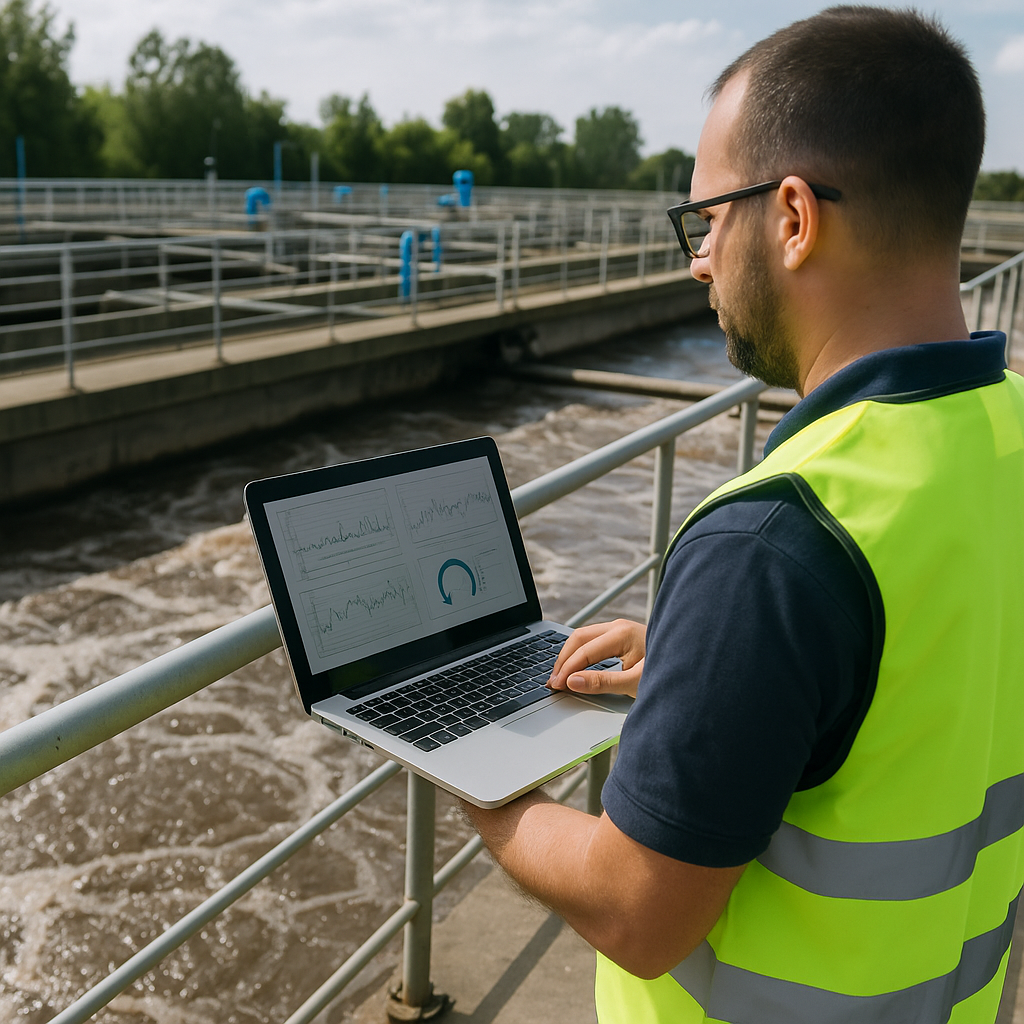Machine learning could turn aging treatment plants into smart environmental defenders
Wastewater treatment plants (WWTPs) are inherently complex, with nonlinear processes that are challenging to analyze and control. The study notes that traditional models often fall short in managing these dynamics. Machine learning, particularly supervised learning and deep learning techniques, offers a solution by enabling accurate predictions and adaptive control strategies.

Wastewater treatment, long dependent on outdated traditional systems, is on the brink of a technological revolution. A review published in Applied Sciences reveals how integrating advanced technologies like machine learning (ML) and deep learning (DL) into various processes is transforming wastewater management.
Titled "Application of Machine Learning Models in Optimizing Wastewater Treatment Processes: A Review," the study sheds light on how ML and DL models are reshaping the way treatment plants monitor, predict, and control critical operations. It shows the significant potential of these technologies to improve efficiency, cut costs, and ensure environmental compliance, while also underlining the hurdles that must be overcome to achieve large-scale implementation.
How can machine learning enhance wastewater treatment efficiency?
Wastewater treatment plants (WWTPs) are inherently complex, with nonlinear processes that are challenging to analyze and control. The study notes that traditional models often fall short in managing these dynamics. Machine learning, particularly supervised learning and deep learning techniques, offers a solution by enabling accurate predictions and adaptive control strategies.
According to the researchers, ML can model intricate physicochemical interactions in treatment stages, enabling real-time monitoring and prediction of critical indicators such as biochemical oxygen demand (BOD) and chemical oxygen demand (COD). These parameters are essential for regulatory compliance and operational stability. Predictive models can also optimize chemical usage and energy consumption, reducing costs and environmental impact.
A key finding is the superior performance of hybrid models that combine neural networks with fuzzy logic. These models not only provide high computational power but also maintain interpretability, an essential feature for operators who need to understand and trust automated decisions. Ensemble models, which integrate multiple algorithms, further enhance prediction accuracy, offering a robust approach to handling diverse wastewater conditions.
Why are digital twins and IoT integration game changers?
In addition to predictive algorithms, the study highlights the transformative role of integrating ML with digital twins and Internet of Things (IoT) systems. Digital twins, virtual replicas of physical treatment plants, allow operators to simulate scenarios, test optimization strategies, and respond proactively to operational challenges. Coupled with IoT-enabled sensors, these systems provide real-time data streams that feed into ML models, enabling continuous monitoring and rapid adjustments.
This integration leads to adaptive operational frameworks capable of responding dynamically to variations in wastewater composition or system performance. The research underscores that edge computing solutions enhance the efficiency of these data-intensive environments, making it possible to process predictions quickly even under constrained computing resources. This capability ensures plants can act on insights without delays, improving reliability and safety.
The benefits are far-reaching. Enhanced predictive maintenance prevents equipment failures before they disrupt operations. Optimized energy and chemical usage lower operational costs and reduce the carbon footprint of treatment facilities. These advancements align with broader environmental protection goals, ensuring higher-quality effluents and safeguarding water resources.
What challenges must be overcome for widespread adoption?
While the potential of machine learning in wastewater treatment is clear, the study stresses that several barriers stand in the way of large-scale deployment. One of the most pressing issues is the availability of high-quality datasets. ML models require extensive and well-structured data to perform effectively, yet many facilities lack the necessary data collection infrastructure. This limitation hampers model training and accuracy.
High implementation costs pose another significant challenge. Upgrading existing treatment plants to accommodate AI-driven technologies requires investment in new sensors, computing infrastructure, and software integration. The economic justification for these upgrades is complicated by uncertain payback periods, making plant managers hesitant to commit.
Integration with legacy systems is also complex. Retrofitting older plants with modern AI-based solutions often demands substantial modifications, raising both technical and economic concerns. Furthermore, the lack of standardized methodologies across the sector creates inconsistencies in model validation and deployment, limiting confidence in these advanced technologies.
The authors also highlight the need for skilled personnel capable of managing and maintaining AI-based systems. Without adequate expertise, even the most advanced technologies may fail to deliver their promised benefits. Addressing this skills gap through training and education is critical for ensuring successful implementation.
Despite these challenges, the study notes that environmental regulations and sustainability initiatives could drive adoption by incentivizing investments in smarter treatment solutions. As the regulatory landscape tightens, the benefits of improved compliance and reduced environmental impact could outweigh the initial costs of deployment.
Building the future of smarter wastewater management
Machine learning technologies offer a pathway to smarter, more efficient, and environmentally sustainable operations. Hybrid models, deep learning techniques, IoT integration, and digital twins together form a powerful toolkit that can redefine industry standards.
The authors argue that addressing barriers related to data quality, infrastructure costs, and system integration will be crucial for realizing this potential. Collaboration among policymakers, researchers, and industry stakeholders is needed to develop standardized frameworks, improve data management practices, and incentivize investment in advanced technologies.
By bridging the gap between traditional operations and AI-driven solutions, wastewater treatment plants can achieve significant operational improvements while contributing to broader environmental protection goals.
- FIRST PUBLISHED IN:
- Devdiscourse










